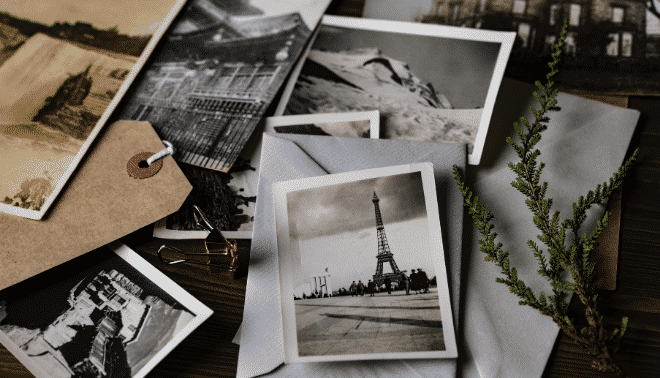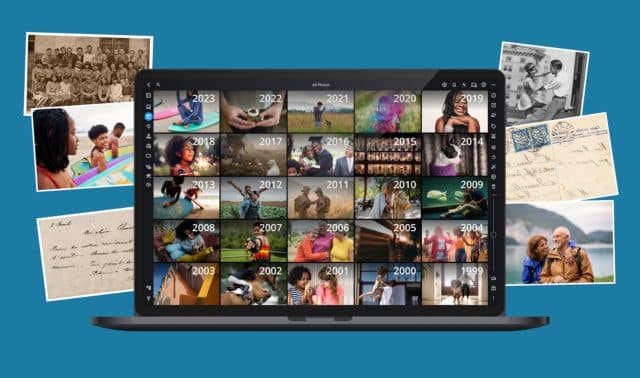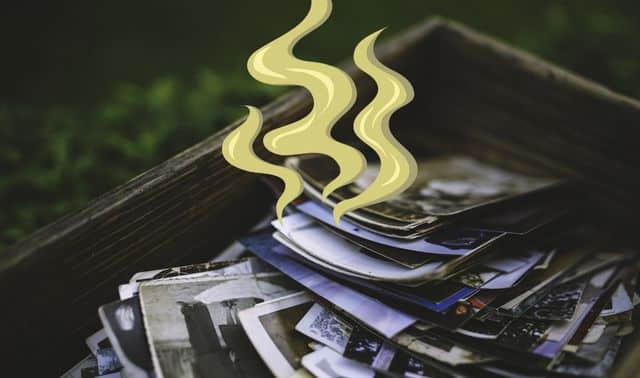
Q. How best can I add photos to my family tree on Ancestry.com? I have 100 to 150 pictures to add. What’s the best scanner to use, and is there another way to accomplish this without sitting and scanning photos for hours? I should mention that I’m technically challenged—I need simplicity.
A. If you’re looking for the easiest option, and your pictures are standard prints or slides in fairly good condition, take them to a photo lab or the photo desk at a grocery store. Ask for a CD or DVD of all the photos. You want each photo scanned at a resolution of at least 300 dpi (dots per inch) so they’ll look nice when you print copies.
Keep in mind many photo labs send your pictures off-site to be scanned, so if this bothers you, ask about the precautions taken to make sure the pictures won’t get lost.
You also can send your photos to a service such as ScanMyPhotos, which performs high-speed scanning for $145 per box (about 1,800 prints); ScanCafe, which scans by hand for 37 cents per print (8×10 inches or smaller); or ScanDigital (44 cents per standard-size print).
With fragile, curling or cased images (such as daguerreotypes), you’re better off using a service that specializes in scanning and restoring old photos. Some commercial services won’t even accept these types of images. Look in the phone book for Photo Restoration or run a Google search on “photo restoration” and your city’s name. Be sure to ask for references and samples of the studio’s work.
If you want to do the scanning yourself, buy a scanner especially for photos (here are some reviews) and scan the photos at 300 dpi. The exact process differs by scanner, so read the instruction manual and ask someone for help.
You also can scan a daguerreotype at home following the Daguerreian Society’s advice.
Before you upload pictures to Ancestry.com , you’ll need to save a new version of each picture at a resolution of 72 dpi, which makes a smaller file size that loads more quickly on a Web site. Many scanners come with photo-editing software that will let you do this. You also can use Microsoft Photo Manager’s photo-resizing feature.
Or, if you use a scanning service to digitize your photos, ask if you also can order a CD with Web-ready, 72-dpi scans.
Don’t alter the resolution of the original scan of each picture—you want to keep that high-resolution version. In fact, you should back up your images by uploading them to a Web site or at least give copies of the CD to relatives in case the worst happens at your house.




